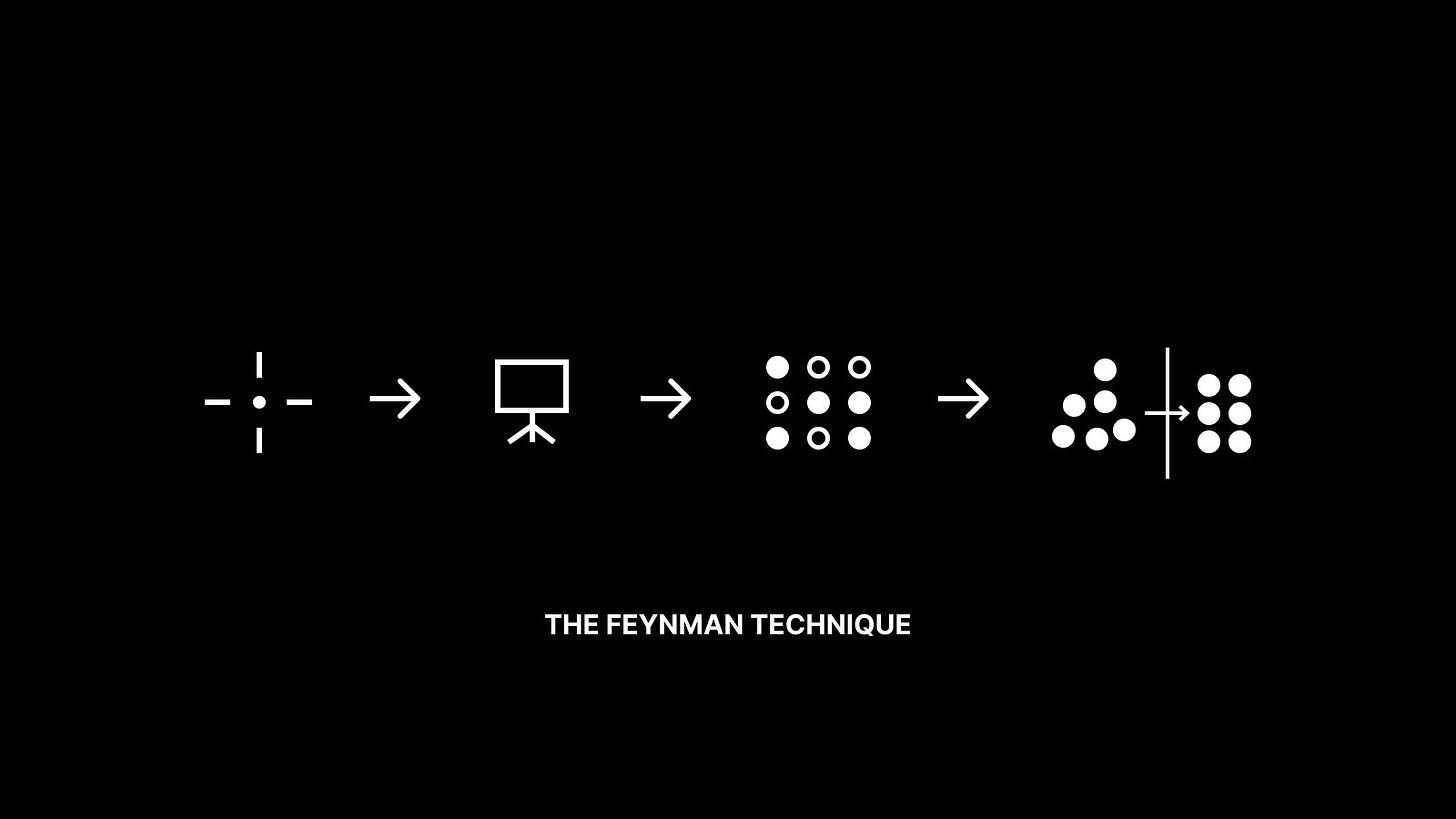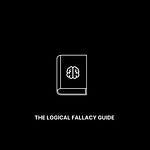Welcome to the 808 new members of the curiosity tribe who have joined us since Friday. Join the 63,073 others who are receiving high-signal, curiosity-inducing content every single week.
Today’s newsletter is brought to you by Revelo!
If you’re a growing technology company, chances are you’re struggling to find talented developers right now.
Revelo helps companies like GitHub, Intuit, and Carta hire faster, so they can grow faster! It’s a talent platform that matches you with vetted remote developers in Latin America who work in US time zones. It offers a full-suite platform that covers payroll, benefits, compliance, and more, allowing you to hire full-time remote developers without the headaches.
Get matched with vetted candidates within 3 days—guaranteed. They even offer a 100% risk-free 14-day trial. If you’re not satisfied, you pay nothing.
SPECIAL OFFER: Revelo is offering Curiosity Chronicle subscribers 20% off the first 3 months of any hire! Use the link below to take advantage of this crazy deal!
Today at a Glance:
Curiosity and inspiration are perishable—they must be acted upon when they strike. But unfortunately, despite its importance to your career and life, learning is not a skill we’re ever explicitly taught how to approach.
The Feynman Technique is a beautiful, intuitive framework for learning literally anything.
The process in a nutshell: identify a topic, research it deeply, attempt to explain it to a child, and then study to fill in the gaps.
The Feynman Technique
Curiosity is unpredictable.
It strikes at random—and often inopportune—moments. But it is also notoriously perishable, so it must be acted upon.
Let’s assume for a moment that you've been bit by the curiosity bug and are ready to act on it—ready to learn something new and (hopefully) exciting.
Now what? Where do you start? What approach do you take?
You’re inspired and motivated to learn, but you don’t even know where to begin.
Unfortunately, despite its importance to your career and life, learning is not a skill we’re ever explicitly taught how to approach.
Let’s fix that…
In today’s piece, I’d like to talk about a beautiful, intuitive framework for learning literally anything: The Feynman Technique.
Introduction
Richard Feynman was an American theoretical physicist born in 1918 in New York City.
Feynman was a very late talker—he didn’t utter a word until he was three—but it was clear from a young age that he was extremely observant and intelligent. His parents valued non-consensus thinking—they constantly encouraged young Richard to ask questions and think independently.
Feynman taught himself advanced mathematics in his teens and would go on to earn a B.S. from the Massachusetts Institute of Technology and a PhD from Princeton University. He would then become famous for his work in quantum electrodynamics and receive the Nobel Prize in Physics in 1965 for his contributions to the field.
So yes, you could say that Richard Feynman was intelligent...
But there are a lot of intelligent people in the world. Feynman's true genius was in his ability to convey extremely complex ideas in simple, elegant, digestible ways—to abstract complexity and deliver simplicity.
He had observed at a young age that complex language is often used to mask a lack of deep understanding. As a rule of thumb, if someone uses a lot of acronyms and jargon to explain something to you, they probably don’t understand it very well themselves.
We've all encountered this type of “expert” at one time or another…
What was Richard Feynman’s secret? He had developed a learning framework—accidentally or intentionally—that forced a deep, elegant understanding of a topic that most people never achieve.
The Feynman Technique: How It Works
The Feynman Technique can be broken down into five key steps:
Set the Stage
Read & Research
ELI5 (Explain It To Me Like I'm 5)
Assess & Study
Organize, Convey & Review
Let's walk through each step, including notes on how I personally implement each one in my own learning processes…
Step 1: Set the Stage
What’s the topic you want to learn?
Starting with a blank page, write the topic at the top and jot down everything you know about it. For some topics, that might be precisely nothing; for others, it might be a lot.
The starting point is irrelevant, you’re just setting the stage.
Sahil Notes: I like to use Notion for tracking and managing my various research and learning efforts. It’s just a personal preference, so you can identify what works for you. I keep a “Knowledge Neural Net” board and for each new topic, I create a new page. I can then go back and connect ideas and topics as I see fit.
Step 2: Read & Research
Now that you have a baseline of your starting knowledge, you can begin your reading and research.
The most effective strategy for research: start horizontal, then go vertical.
Horizontal = Breadth
Vertical = Depth
Here’s a simple visualization of how I think about this process:
Horizontal Research (“HR”): Lays the foundation for your learning. When you start horizontal, you gather information across the full breadth of the topic area. This gives you the capacity to "see the entire field”—it draws a surface-level map of the topic. With horizontal research, it’s perfectly acceptable to keep it simple: Google and Wikipedia (sorry to all of my high school teachers!) are both great tools.
Vertical Research (“VR”): Historically much more challenging—it typically required hours of finding and reading long, dense books on a topic. But in the Information Age, we have a diverse array of tools that provide much higher time leverage. These tools include (but are not limited to): Reddit, Twitter, Newsletters, Podcasts, Expert Networks, Books. With these tools, you’ll be able to go vertical—quickly and effectively—on any topic.
Take notes, cite sources, and track gaps as you go. This step is where you start to build out your knowledge base on a topic.
Sahil Notes: I really try to take my time in this phase. True depth of understanding requires significant time. I find it helpful to conduct this research in sprints—short bursts of high intensity research—rather than in jogs. Try to create mental maps that connect together pieces of information as you go—it will help cement new learnings.
Step 3: ELI5
Ok, so up to this point, it all feels like a standard process—no Feynman touch. But here's where it gets fun (and challenging)…
Attempt to explain the topic to a child—figuratively (or literally if you're ambitious!).
On a new blank page, distill everything you know about your topic—but now pretend you are explaining it to a child. Use exclusively simple language.
Sahil Notes: In this step, rather than a blank page, I simply create a new header in my same Notion tab. Below this header, I attempt to distill the highlights of the topic into 1-2 paragraphs. I think of this as the “elevator pitch” or “cocktail party fodder” on the topic—i.e. the 60-second bit that I would use to explain the topic to any new acquaintance. The key is that you have to distill and write in a way that assumes the individual is “uninitiated” on the topic.
Step 4: Assess & Study
Test it out. Try your “elevator pitch” on another person. How’d you do? Reflect on your performance—form a balanced, honest assessment.
Ask a few questions:
How well were you able to explain the topic to a child?
Where did the person appear confused?
Where did you get frustrated?
Where did you turn to jargon or hand waving?
Answering these questions shines a light on the gaps in your understanding. Circle back to Step 2 and read and research more to fill them in.
Sahil Notes: I normally try to ask the person I attempted to explain it to for this feedback. If it’s someone you’re comfortable with—partner, sibling, roommate, friend—it’s much easier than if it’s a stranger.
Step 5: Organize, Convey & Review
As a final step, organize your elegant, simple language into a clear, compelling story, narrative, or distillation.
Test-and-Learn: Put yourself out there and convey it to a few others outside your comfort zone, then iterate and refine accordingly.
Review—and marvel at—your new, deep, elegant understanding of the topic.
Simple = Beautiful
Sahil Notes: I tend to find that leveraging a narrative or storytelling arc makes topics stick with listeners. See if you can leverage storytelling principles to pull it all together. The best teachers do this.
Wrapping Up
The Feynman Technique is a powerful framework for learning anything. The best entrepreneurs, investors, and thinkers have leveraged this technique—whether they know it or not! Their common genius: the ability to abstract complexity and convey ideas in simple, digestible ways.
To summarize, the five key steps:
Set the Stage: Identify the topic and everything you know about it.
Read & Research: Go down the rabbit hole—leverage horizontal and vertical research to expand your knowledge base.
ELI5 (Explain It To Me Like I'm 5): Distill the learnings into a simple, elegant “elevator pitch” on the topic and deliver it to someone.
Assess & Study: Reflect on your performance, identify the gaps, and study to fill them in.
Organize, Convey & Review: Organize your new knowledge into a tight, compelling narrative. Marvel at your new depth of understanding!
It's easy to overcomplicate and intimidate—we all know people who try to do this. But don't be fooled—complexity and jargon are often used to mask a lack of deep understanding.
Be better. Use the Feynman Technique. Find beauty in simplicity.
Where It Happens Podcast
New Episode: Forecasting the Future of Tech with Scott Belsky
This was an insane episode:
5-year predictions for the future
3+ game-changing new business ideas
Lessons for entrepreneurs & investors
If you're looking to place bets on the future—start here.
Watch it on YouTube and listen to it on Apple Podcasts or Spotify. Want more? Join the 3,000+ in our unique community on Discord.
Special thanks to our sponsors for providing us with the support to bring this episode to life.
Why settle for the old model of investing when new options offer you so much transparency to help you grow your wealth? Commonstock is the home of smart money and an innovative social media approach to investing. We both love the platform and have used it to enhance our financial strategy.
Commonstock is a social media platform like Reddit, but it removes anonymity and adds transparency. The app lets you see what smart money investors are buying and selling – in real-time – all while letting you see their reason why. This way, you know whether investors have skin in the game, or whether they only talk a big game. It’s a great way to get insights that support your investing strategy.
To learn more and sign-up today go to commonstock.com.
Capchase is a new financing option for fast-growing startups. They are offering Where It Happens listeners .25% off their first draw, preferred onboarding, and more. Their main product Capchase Grow lets you tap into your future revenue today, meaning you can reinvest in your business faster. We love what they are offering to business owners. To learn more go to capchase.com/room
Sahil’s Job Board - Featured Opportunities
Pallet - Special Projects Intern
Brex - Sales Development Rep
Real Vision - Full Stack Developer
Human Capital - Associate
Tango - Product Designer, Product Manager
Filebase - Filecoin Engineer
The full board with 30+ other roles can be found here!



















